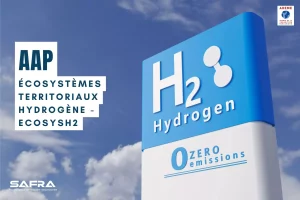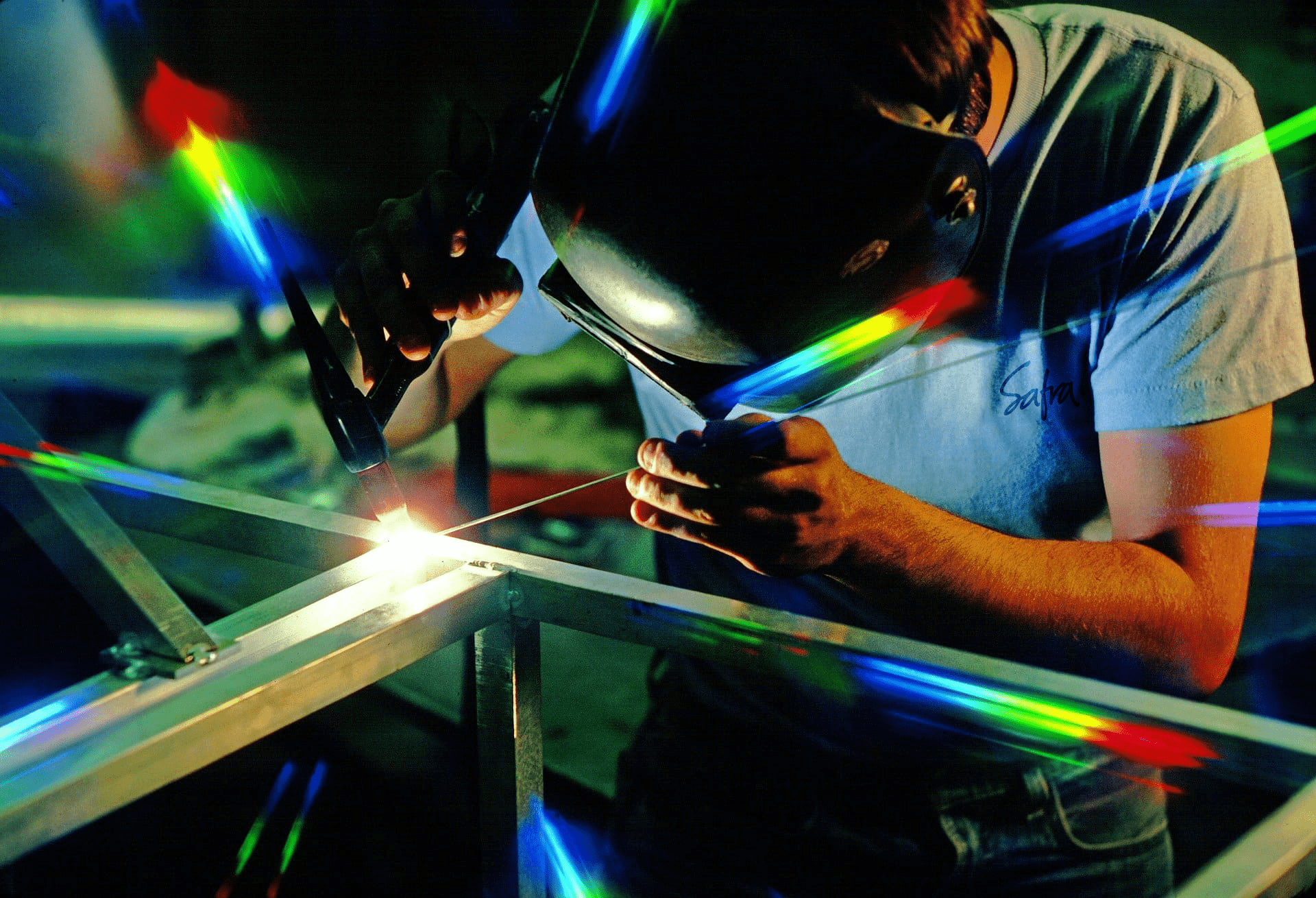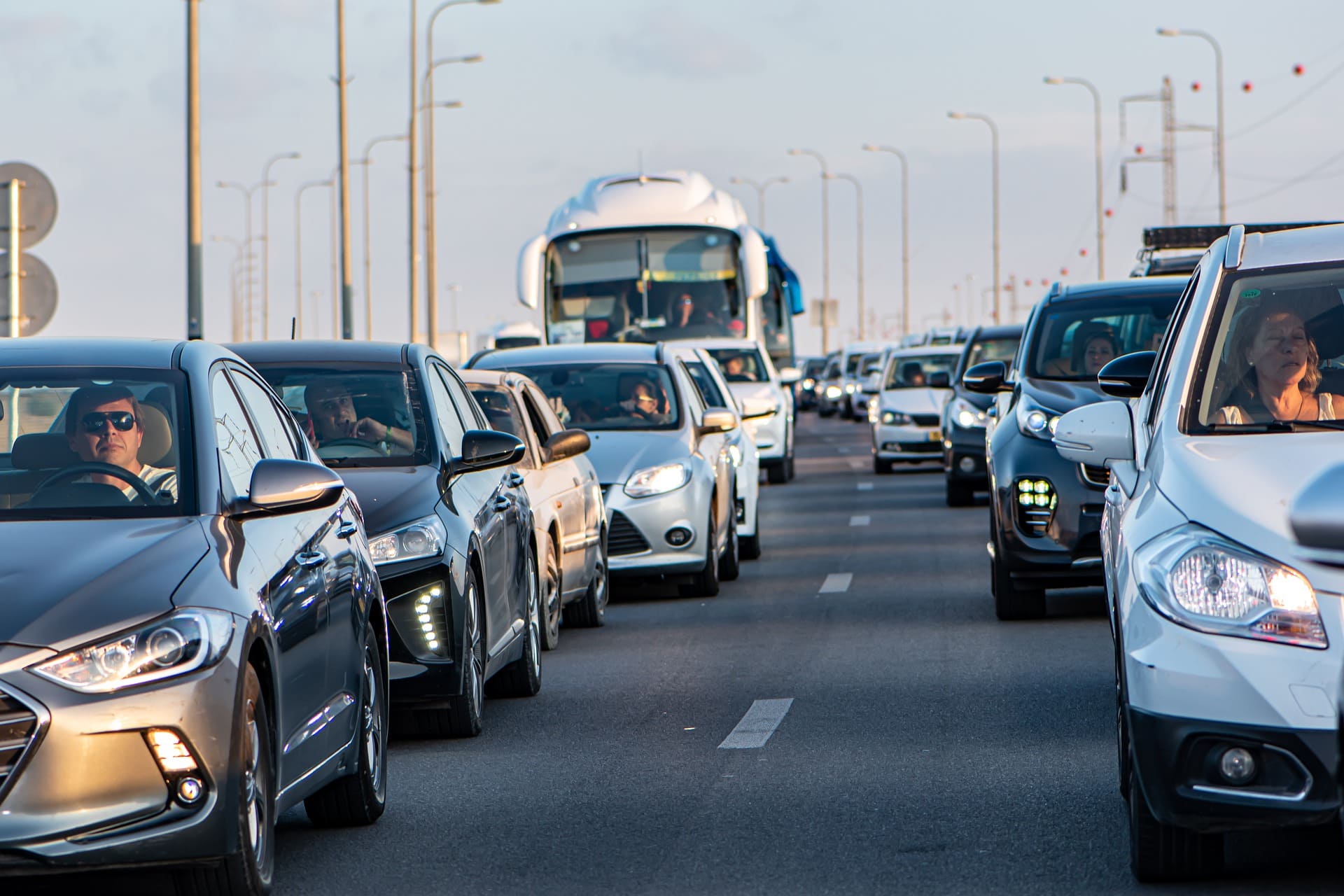
Circular mobility: Refurbishing to consume less


In a world facing ever more pressing environmental issues, transition towards more sustainable mobility has become a priority for communities. Among the innovative solutions employed to reduce carbon footprints and promote the responsible use of resources, the refurbishment of public transit equipment takes centre-stage within an overall circular mobility strategy. By investing in the modernisation and refurbishment of public transportation vehicles, we can reduce our environmental impact, extend vehicle service life, and thus, contribute to making our future more sustainable and environmentally friendly.
Circular mobility aims to minimise the use of natural resources, by supporting reuse, refurb and recycling. It is part of a closed loop logic, where products at the end of their life become raw materials for new products. Applied to the public transportation field, circular mobility supports refurbishing and modernising vehicles rather than their complete replacement, thus helping to preserve natural resources while reducing waste. Instead of simply replacing end-of-life vehicles, prolonging service life through careful refurbishment offers significant environmental and waste reduction benefits.
In the context of heavy transportation vehicle refurbishment, one can distinguish between projects related to the complete or partial repair of a vehicle that has been damaged due to a collision or excessive wear, and refurbishment, which entails bringing the vehicle back to its original condition after several years of service; this is known as mid-life renovation. In this case, refurbishment may include the repair or replacement of mechanical, electrical, and body parts, as well as the refurbishment of the vehicle’s interior and safety equipment or communication systems, depending on the operator’s specifications.

Giving a second life to vehicles through refurbishment allows for the reuse and recovery of a significant portion of the vehicle’s components. This reduces the need to extract new raw materials and preserves natural resources, which can thus be allocated to other sustainable sectors or initiatives. Refurbishing also improves passenger comfort and is thus a way to reimagine the traveller experience. Refurbished vehicles offer improved comfort and more modern amenities, enhancing the overall passenger experience and encouraging them to choose public transportation over more polluting individual modes of transportation.
Extending the lifespan of public transport equipment has many advantages that align perfectly with the principles of circular mobility. Maintaining the public transport vehicle fleet helps reduce vehicles’ carbon footprint by avoiding having to manufacture new vehicles, and contributes, by limiting CO2 emissions, to the fight against climate change. Refurbishment also allows for the incorporation of more advanced technologies and more efficient systems within public transit vehicles, thus improving their energy efficiency and overall performance.
The economic impact is also a factor. By renovating public transit vehicles, we extend their service life. This means that the initial investments in acquiring these vehicles are optimised, their amortisation extends over a longer period, which reduces the overall costs in the medium and long term. Furthermore, by upgrading the vehicle’s equipment and technologies, we can also improve its performance and productivity, thereby increasing its profitability.
The refurbishment of public transport equipment represents a crucial step in implementing a circular mobility strategy, making the entire public transportation network more sustainable. By promoting existing vehicles’ reuse and retrofitting, we can minimse our carbon footprint, conserve valuable resources and improve the overall efficiency of our mobility systems. It is time for this innovative vision to inspire the entire transportation industry and guide our choices towards a greener future.

This historic activity at SAFRA began in 1955 and has evolved over time using skills acquired over the course of completed projects. Having focused on public transportation since the late 1970s, this activity expanded in 2020 to the broader sector of passenger transport, as exemplified by the renovation of Regional Express Trains (TER) in the Occitanie Region. The initial significant contracts won for the renovation of bus fleets gradually gave way to the railway sector starting in the 2000s, with the first metro trains, VAL systems, followed by trams, and eventually, railway cars. The expertise developed in this field enabled the company to undertake its first international project in 2022 of renovating a Dublin tramcar at the company’s workshops in Albi. This technical and logistical feat confirmed the expertise and quality of the work performed by the company’s teams. In 2021, the renovation and manufacturing activities joined forces to carry out the first retrofit programme for diesel and hydrogen buses. The goal was to convert a diesel-powered intercity vehicle into a zero-emission vehicle. Renovation at SAFRA remains a meaningful activity within the company’s overall strategy oriented towards decarbonising transportation, and serves as a perfect example of circular mobility.
* (excluding mechanical components)
** For reference, a new Light Automated Metro (VAL) costs approximately 4 million euros, a bus (e.g., Natural Gas Vehicle) costs around 350,000 euros, and a tramway costs approximately 4 million euros.
In a world facing ever more pressing environmental issues, transition
“A stone has no hope of being anything other than
The fourth leading cause of mortality in the world, air